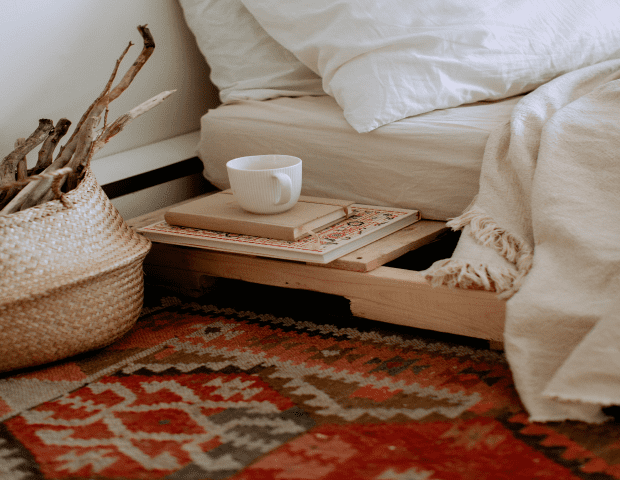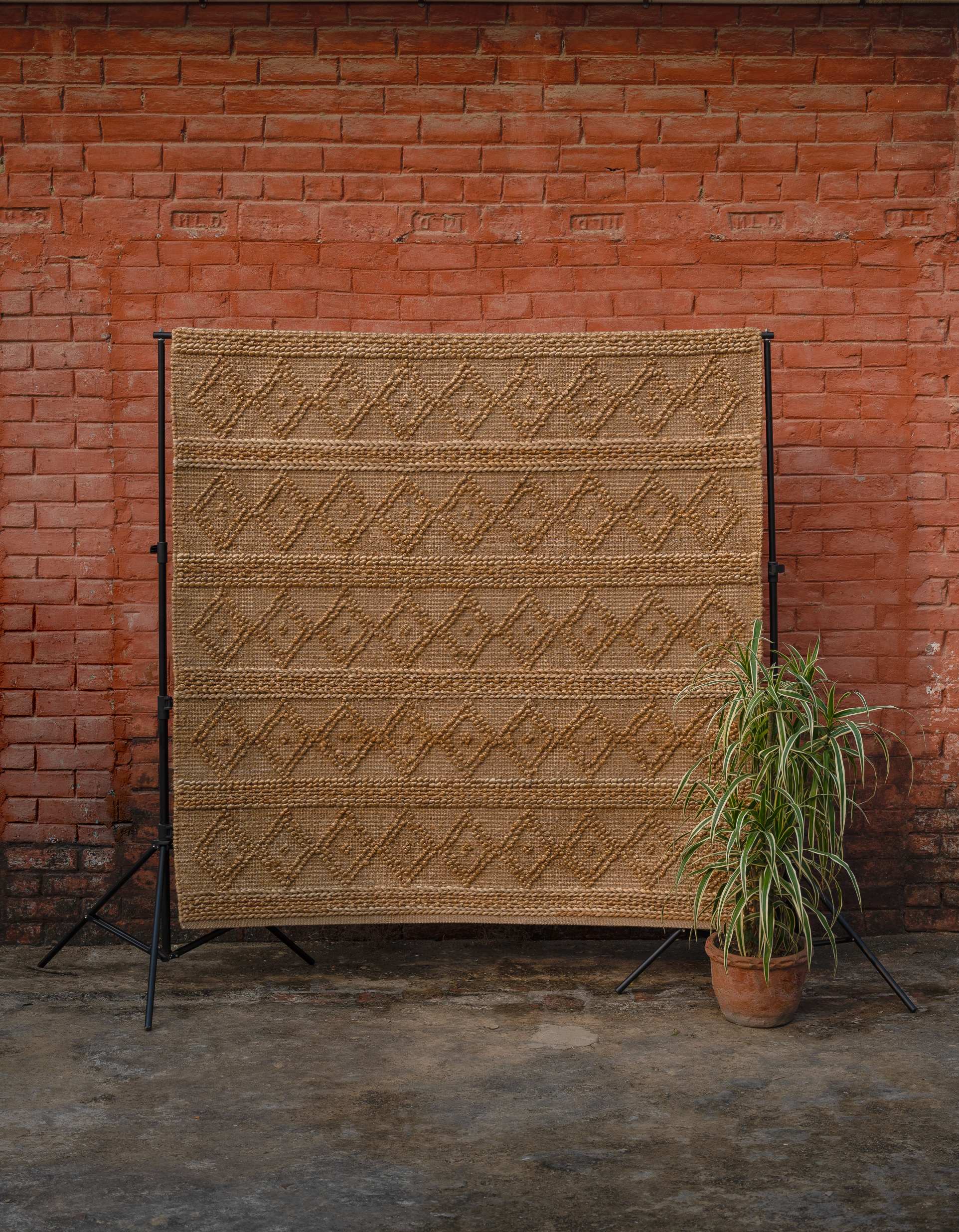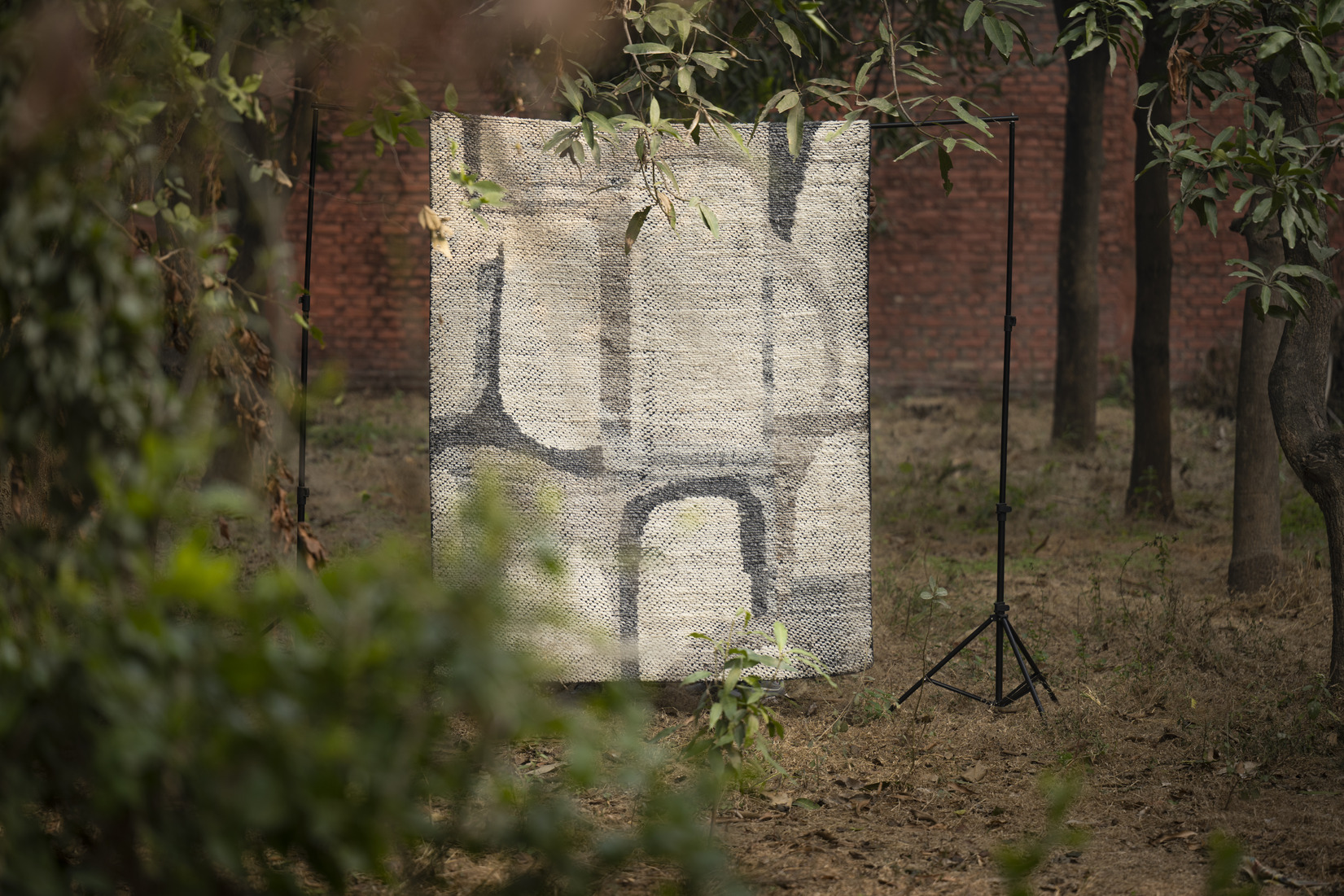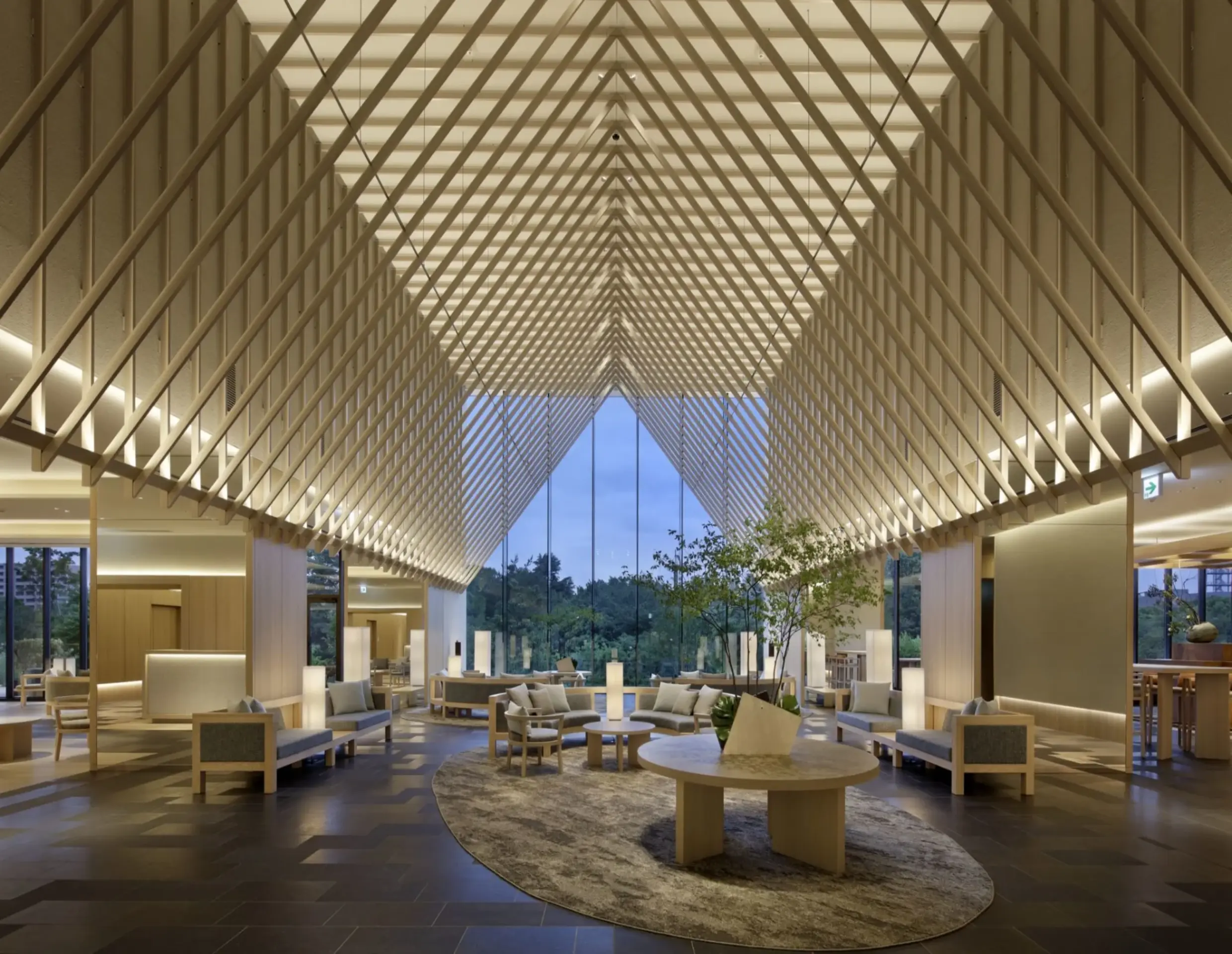- March 21, 2023

Unraveling the Threads of Time: The Fascinating and Surprising History of Rugs
In the realm of interior design, few elements possess the power to effortlessly transform a space like rugs. These textile wonders are not mere accessories; they are gateways to a captivating journey through history, culture, and artistry.
In this comprehensive exploration, we embark on a voyage through time, tracing the intricate tapestry of rug-making from its ancient origins to its contemporary significance. Prepare to be enthralled as we delve into the fascinating and surprising history of rugs.
Weaving the Fabric of Civilization
Our odyssey commences in the annals of antiquity, where the roots of rug-making are firmly embedded within the foundations of ancient civilizations. From the regal courts of Egypt to the opulent palaces of Persia, these societies valued rugs not just for their functionality, but as artistic expressions of their heritage. Crafted from a variety of natural materials, including wool and silk, these early rugs showcased the ingenuity of their creators. A prime testament to this era’s mastery is the Pazyryk Rug, an archaeological marvel discovered in Siberia, dating back to the 5th century BCE. Its intricate design and meticulous craftsmanship are a testament to the sophistication of rug-making in ancient times.
The Persian Legacy: An Enduring Influence
No discussion of rug history can proceed without acknowledging the indelible mark left by Persian rugs. Characterized by their elaborate patterns and symmetrical knots, Persian rugs stand as embodiments of artistic and cultural finesse. These rugs are more than mere floor coverings; they are repositories of narratives, reflecting the stories of different regions and epochs. Woven with precision and adorned with motifs that speak volumes, Persian rugs are timeless symbols of elegance and grandeur, enriching both historical and contemporary spaces.
Cultural Exchange on the Silk Road: A Weaver’s Odyssey
As we traverse the annals of time, we encounter the legendary Silk Road – a bustling network of trade routes connecting East and West. Alongside exotic goods, this route facilitated the exchange of ideas and techniques, including the art of rug-making. The result was a symphony of cultures interwoven into textile form. This cross-cultural exchange breathed life into rugs, infusing them with an unparalleled richness of design and style. The introduction of precious materials such as silk and vibrant dyes further elevated rugs’ aesthetic allure, captivating connoisseurs across continents.
The Industrial Evolution: Innovation Meets Tradition
The wheels of time carry us to the Industrial Revolution, a period that would reshape the landscape of rug production. Hand-weaving gave way to mechanization, ushering in an era of mass production. This transition democratized access to rugs, making them more attainable for a broader audience. While concerns arose about the preservation of traditional craftsmanship, handmade rugs persevered as symbols of exclusivity and artistry. The juxtaposition of mechanization and artisanal skills in the rug-making process embodied a harmonious blend of innovation and tradition.
In interior design, rugs are more than mere floor coverings; they’re living legacies bridging cultures, eras, and artistry. From ancient origins to enduring Persian traditions, from Silk Road influences to industrial production shifts, rugs have become timeless treasures. Unrolling these rugs in modern spaces, we step onto a canvas interwoven with history, culture, and craftsmanship, reminding us that each rug holds generations of stories, a testament to the enduring connection between past and present.
Stay In The Loop
Subscribe to our monthly newsletter and get inspired by the craftmanship and catch the latest trends in handmade rugs

Similar Stories

Handmade Rugs: More than just floor coverings
In this first edition of yote. stories, we’ll shed some light on how the use of rugs have evolved over time from being a precious item to now being a household utility that offers both functional and a decorative element.

Here is the Secret for Hotel Operators to Delighting Hotel Guests and Boosting Business
In the second edition of yote. stories, find out how hotels can woo it’s guests and increase their royalty by just elevating the luxury elements of their interiors, and in this blog we’ll focus on one such element, read on to find out…